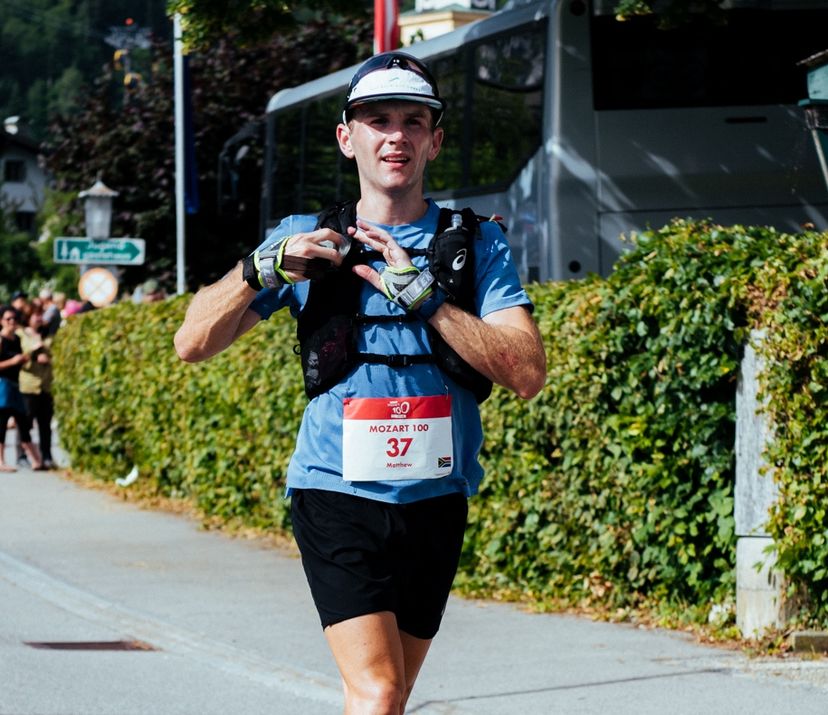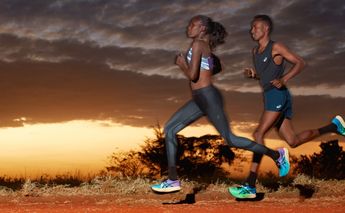Ultra-trail runner Matt Healy recently finished in the top 10 of the prestigious Mozart 100 by UTMB. The race forms part of the World Series of Ultra Trails and Matt smashed the 105km course (with some 5000m of elevation gain) in a time of 10:55:20.
The Capetonian learned a lot over those 11 hours. And, in the three weeks leading up to his first destination race, lessons that would apply to anyone planning to go and run an event abroad.
Read on, even if a 100km or top 10 is nowhere near your frame of reference:
1. Immerse yourself in the culture
As in, try to live like a local. Obviously, I had the opportunity to get there three weeks before I raced, but I’m assuming most of these guys would get there the ‘week of,' either way, I think its really important to make yourself at home as much as possible and just becoming super comfortable with wherever you are at the place you're at before you rock-up to the start line.
In my case what made me super comfortable was, was taking the local transport, which got me like properly familiar with the area. So I think, really trying to immerse yourself in the culture and getting yourself to know the area definitely makes you feel more comfortable, come race day.
2. Recce (as much as possible)
If you have enough time, definitely try to orientate yourself with some of the trails. Become familiar with the route, especially the more important parts – the aid stations, the small villages and the big climbs. Even if you don’t have enough time to run the route, take a bus out to the little villages to see the aid stations or take a gondola up to the highest peak of the route. Just trying to visualise the route, and your race, before, does help the mental aspect going into the race.

3. RUNNING POLES
Running poles are definitely a must overseas, especially in Europe. Get good quality running poles. Make sure they're lightweight because you will have to carry them for the entire race. And then definitely practice with them in South Africa, because the more familiar you get with the poles, the more efficiently you can run. Especially with the gradients in Europe – the long climbs and the long descents – it's really going to help and benefit you if you become one with the pole before you get out there.
4. GEAR
If you can, take more than one pair of shoes. Obviously, the trails are different to what we are used to here in South Africa. I also found that the trails kept changing underfoot every day. They are a lot more unpredictable than this side. Knowing I had more than one shoe (and a range of lug system options for grip) gave me a lot more confidence. Also, being able to swap out shoes, that might suit the second half of the route, can be quite important.

5. RUN YOUR OWN RACE
Probably the most important point is to run your own race. For South Africans, it can be pretty daunting running overseas, especially if it's your first time. The depth of competition and the standard of running is pretty eye-opening. So it's important to run your own race, and focus on what YOU need to do. Focus on your strengths.
When I arrived in Europe, my coach said to me: ' Don’t see this as your first international race, just because you've gone to Europe, doesn’t mean your strengths and abilities are all of a sudden non-existent.' That really hit home - my strengths were still my strengths, and that’s what helped me on the day. I still focused on what I was good at and I believed I was just as good at it as if I was in South Africa.



